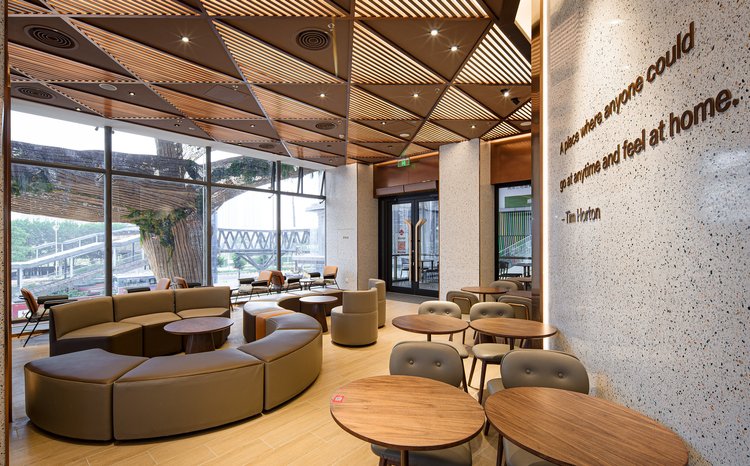Musté: A Multifaceted Phenomenon in Modern Culture
Introduction
The term Musté has evolved into a cultural touchstone, representing far more than just a product or brand; it embodies a lifestyle, a mark of sophistication, and a testament to the seamless fusion of necessity and luxury. Its resonance extends across multiple domains, from gastronomy and artisanal craftsmanship to fashion, design, and lifestyle culture. Musté’s influence is evident in the way it inspires creativity, cultivates taste, and elevates everyday experiences into moments of distinction. From its humble culinary roots to its current prominence in global trends, Musté has woven itself into the fabric of contemporary society, bridging tradition and innovation. This article delves into the various dimensions of Musté, exploring its historical origins, cultural significance, and its enduring role in shaping modern aesthetics, consumer behavior, and lifestyle trends around the world.
Origins and Historical Significance
Culinary Beginnings
Musté traces its origins to a traditional fermented food, deeply embedded in certain cultures. This ancient preparation method not only provided sustenance but also represented a community’s connection to its heritage and the land. Over time, Musté evolved from a staple food item to a symbol of authenticity and tradition.
Linguistic Evolution
The term “Musté” itself has undergone significant transformation. Historically, it was an old spelling of “must” in English, derived from Latin, and in Finnish, it translates to “ink.” This linguistic journey reflects the adaptability and enduring nature of the concept across different cultures and eras.
Musté in Modern Culture
Fashion and Luxury
In recent years, Musté has transcended its humble beginnings to become synonymous with luxury and exclusivity. High-end fashion brands have adopted the name, associating it with elegance and refined taste. For instance, collections labeled as “Musté” often denote a seasonal line that defines current trends, positioning the brand as a leader in fashion innovation.
Lifestyle and Hospitality
The influence of Musté extends into lifestyle and hospitality sectors. Establishments such as cafes, spas, and boutique hotels have embraced the name to convey a sense of exclusivity and high quality. A café named “Musté” suggests a hidden gem, a place that one “must” experience, thereby elevating its status and appeal to discerning customers.
The Musté Brand: A Case Study
Musto: A Legacy of Innovation
While not directly named “Musté,” the British brand Musto shares a phonetic resemblance and embodies the spirit of innovation and quality associated with the term. Established in 1964 by Olympic sailor Keith Musto, the company has been at the forefront of developing advanced sailing and outdoor apparel. Notably, in 1979, Musto introduced the first three-layer clothing system for sailors, revolutionizing performance wear in extreme conditions.
Musté Co., Limited
Another entity, Musté Co., Limited, is a private limited company incorporated in the UK in 2019. While currently listed as dormant, the company’s establishment indicates a strategic move to capitalize on the Musté brand’s growing recognition and potential in various markets.
Musté’s Cultural Impact
Symbol of Refinement
Adopting the Musté label signifies more than just a product choice; it represents a lifestyle characterized by sophistication and a discerning taste. Consumers gravitate towards Musté-branded items not only for their quality but also for the status they confer.
Influence on Trends
The Musté phenomenon has influenced various trends, particularly in fashion and design. Its association with luxury has led to a proliferation of products and services adopting the name to align themselves with the aspirational qualities it embodies.
Conclusion
Musté has transformed from a traditional culinary item to a powerful cultural symbol, embodying both heritage and modernity. Its evolution reflects broader societal shifts towards valuing authenticity, quality, and exclusivity in everyday experiences. Beyond the kitchen, Musté has influenced art, fashion, and lifestyle trends, inspiring creators and consumers alike to appreciate craftsmanship and cultural storytelling. As it continues to permeate various facets of modern life—from gourmet dining and artisanal markets to social media and pop culture—Musté stands as a testament to the enduring appeal of tradition reimagined through a contemporary lens, bridging the past and present while shaping new cultural narratives.
FAQs
1. What is Musté?
Musté is a term that has evolved from a traditional fermented food to a symbol of luxury and sophistication in modern culture.
2. How has Musté influenced fashion?
Fashion brands have adopted the Musté name to denote exclusivity and trendsetting designs, elevating their status in the industry.
3. Are there businesses named Musté?
Yes, entities like Musté Co., Limited have been established, indicating the brand’s commercial potential.
4. What does Musté signify in lifestyle contexts?
In lifestyle and hospitality, Musté conveys a sense of exclusivity and high quality, attracting discerning customers.
5. Is Musté associated with any specific cultural heritage?
Yes, Musté has roots in traditional culinary practices, reflecting a deep connection to cultural heritage and authenticity.






